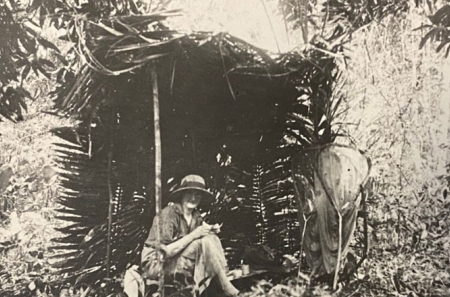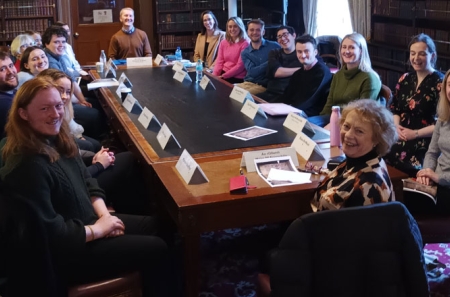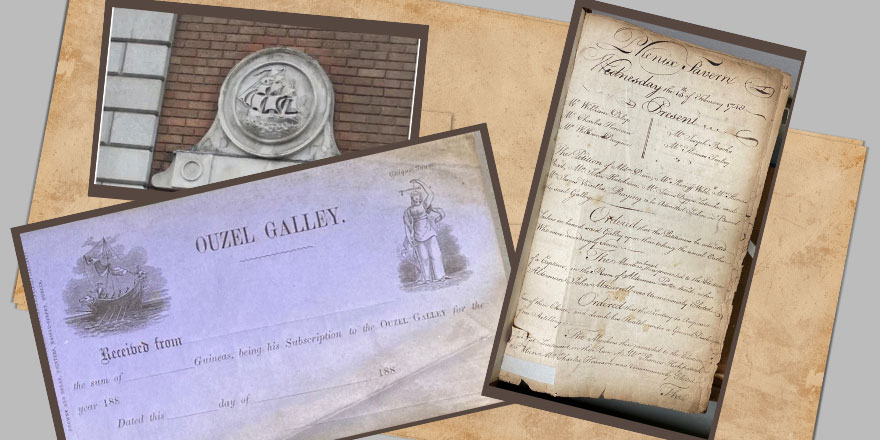
Ahoy, Matey!
15 November 2023In our latest Library blog, we feature the third post in our UCD Student Blog Series. Chloe Stapleton will transport you back to Dublin in 1705 when the presumed lost ship ‘The Ouzel Galley’ sailed back home the river Liffey with a vessel full of pirate booty.
This year the Library collaborated with students on the MA Archives and Records Management providing them with access to archival collections. The students worked on four collections: Charles Vallancey Papers (A050), Falkiner C. Litton Papers (A051), Ouzel Galley Collection (A052) and Charles Haliday Papers (A053). The students wrote blog posts about the fascinating material they came across and this blog was written by Chloe Stapleton.
The Royal Irish Academy Library holds a wide range of varied material. One collection within the throve of boxes that is perhaps unknown is a collection which links Dublin city to Pirates. In circa 1695 the merchant company Ferris, Twigg and Cash supplied Captain Massey and his crew of thirty-seven men with the merchandise that filled the ship that departed from Dublin’s Ringsend port heading for Smyrna in the Levant. They sailed with a ship full of grain, beef, wool, and important merchandise. The previously passed protections of English enterprise had forced Irish Merchants to trade overseas. As the ship departed from the dock it is reported the crew spoke in Irish shouting Brostuigh, brostuigh oribh. An sean-chailleacha atd agam annseo? Brostuighidh." (“Hurry up hurry up, do I have an old woman here? Hurry!”)
When the ship failed to return after their estimated yearlong journey the people of Dublin assumed the ship, the crew and the goods had been shipwrecked or lost at sea. The story goes however, the Ouzel Galley had been overtaken by pirates and the ship hijacked and used to carry out piracy. Waiting for the right time the crew managed to overthrow the pirates and sail back to Dublin.

[Fig. 1 – Subscription receipt book (RIA A052-2-1(2))].
When they returned in 1700, they arrived back with a ship that was worse for wear, but they had acquired more than they left with, sailing up the river Liffey was a ship full of ‘pirate booty’. There had been speculation that the story of pirates had been fabricated and it was Captain Massey and his crew who were sailing throughout Caribbean and Mediterranean shipping lanes attacking and stealing from other ships.
When the ship initially failed to return Ferris, Twigg and Cash had already been compensated by the insurance company, now there was a question as to who owned the pirate treasure? A battle ensued, the merchant company claimed they owned the newly acquired treasure, the insurance company claimed they owned it, and the crew claimed the booty was theirs. After five years the Irish court system could still not come to a conclusion, the case was finally resolved when a group of influential Dublin merchants came together, they concluded that the pirate booty would be sold, and all profits made would be given to the poor throughout the city. This decision was a hit throughout the city, so much so they decided to become an arbitration body to help solve similar disputes. This arbitration body became known as the Ouzel Galley Society.
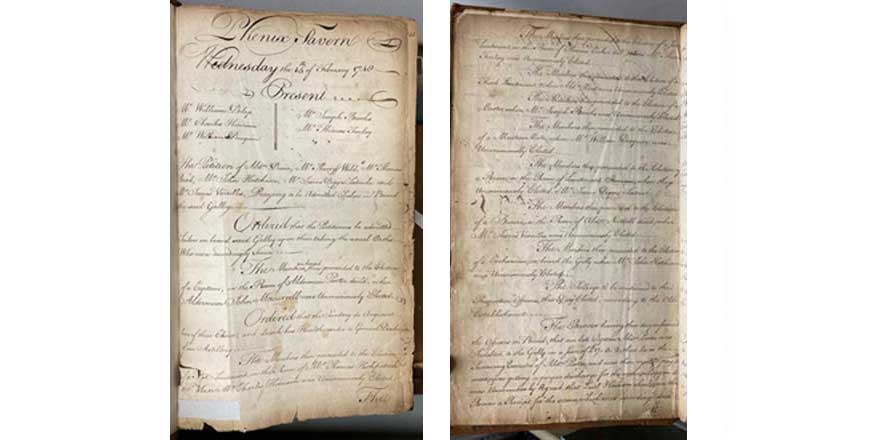

[Fig. 2, 3, 4, 5 – Meeting of the Society in Phoenix Tavern, Dublin, 15 February 1748 (RIA A052-1-3 p1-4)]
The society charged a small fee for resolving disputes and all profits made were donated to various charities throughout Dublin city.
The files within the Ouzel Galley Collection (RIA A052) housed in the RIA’s archive tell the story of the everyday meetings within the society, with minute books, award books and transition books recording all members and ranks.
The society not only took their name from the famous ship, but the society also mirrored the ranks of the ship with each ‘top’ member getting a title, such as captain, boatswain, gunner, and bursar etc.
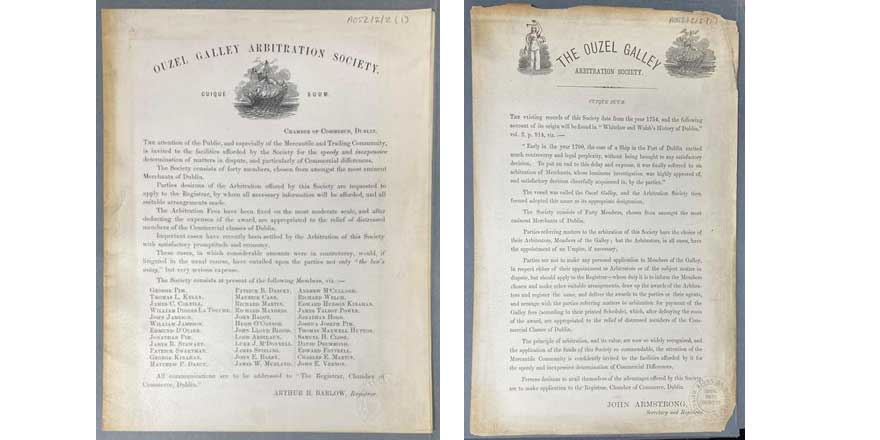
[Fig. 6, 7 – Notices relating to the work of the Society (RIA A052-2-2(1),(2))]
Manuscripts such as the transition book lists the places meetings were held, (typically in public houses) the records also allow us to follow the society throughout Dublin city as they held meetings in various places, to name a few, The Shelbourne Hotel, the Gresham hotel and The Rose and Bottle tavern on Dame Street. In the late 18th century, a painting of the Ouzel Galley ship was commissioned and wherever the society was meeting on a specific day the picture was hung to oversee, reminding the members where the society originally came from.
Not only do the records within the collection tell us about how and when the society solved disputes a receipt lodged in the back of a minute book captures a specific moment in time. A receipt is a snippet into what a typical meeting could involve, 24 sandwiches, 1 bottle of Amontillado sherry and minerals.
The survival of documented council meetings provides an insight into the life of society. An entry on Monday 6th of January 1873 recounts the day the society changed the title officially to “The Ouzel Galley Arbitration Society”. The record shows the fees and charges the society charged for handing disputes that would be too expensive to solve within the Irish courts. The society aimed to meet three times annually, this is perhaps due to the fact many of the members of the society were some of the most influential business and political leaders across Ireland, prominent members included Arthur Guinness, John Jameson, and William Colvill.
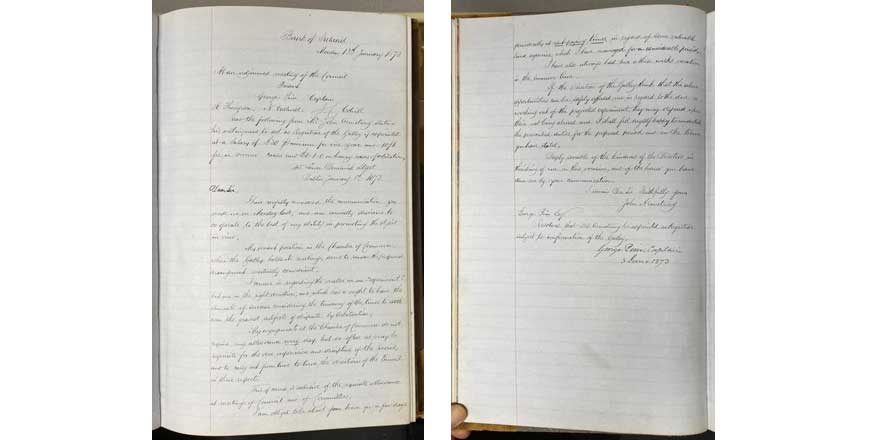
[Fig. 8, 9 – Minute book from 6 January 1873 (RIA A052-1-5 p1-2)]
As the society became known for their charity work and donating profits to the poor of Dublin it is no surprise the Chamber of Commerce founded in 1783 became linked to this Dublin tale. The society had would up completely in 1888 with the Chamber of Commerce carrying out the future arbitration work. The Chamber of Commerce typically held their meetings in the Commercial Buildings on College Green. A plaque was erected above the doorway of No. 10 on College Green to commemorate the Society.
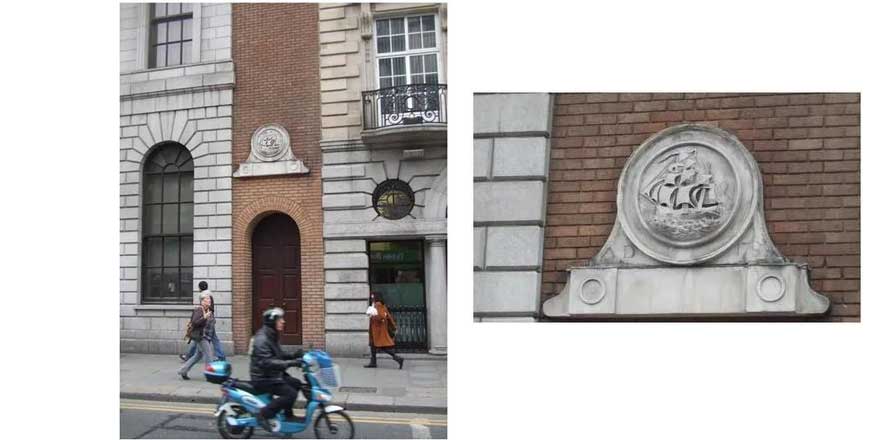
[Fig. 10 – Ouzel Galley plaque, College Green, Dublin 2.] [Fig. 11 – Detail of Ouzel Galley plaque.]
Although the idea of Irish speaking men carrying out piracy across the great sea is an amusing thought, we cannot say for sure if the story is true. The records show there was a ship, they did disappear and come back and there was an arbitration society established after their return, the pirates however will remain a mystery for now.
To read more about the incredible story of the Ouzel Galley and the society that followed follow the links below. Or you can visit the Royal Irish Academy’s library where we house the collection with the primary records written and sealed by the members of the society.
Further reading:
- Fallon, D. (2012) “The Ouzel Galley plaque, College Green.,” Come here to me! Dublin life and culture, 7 May.
- Little, G.A. (1953) The Ouzel Galley. Dublin: Cahill.
- Marie Griffith , L. (2012) “‘Never let the facts interfere with a good story’: the origin of the
- Ouzel Galley Society,” History Ireland, 20(2).

